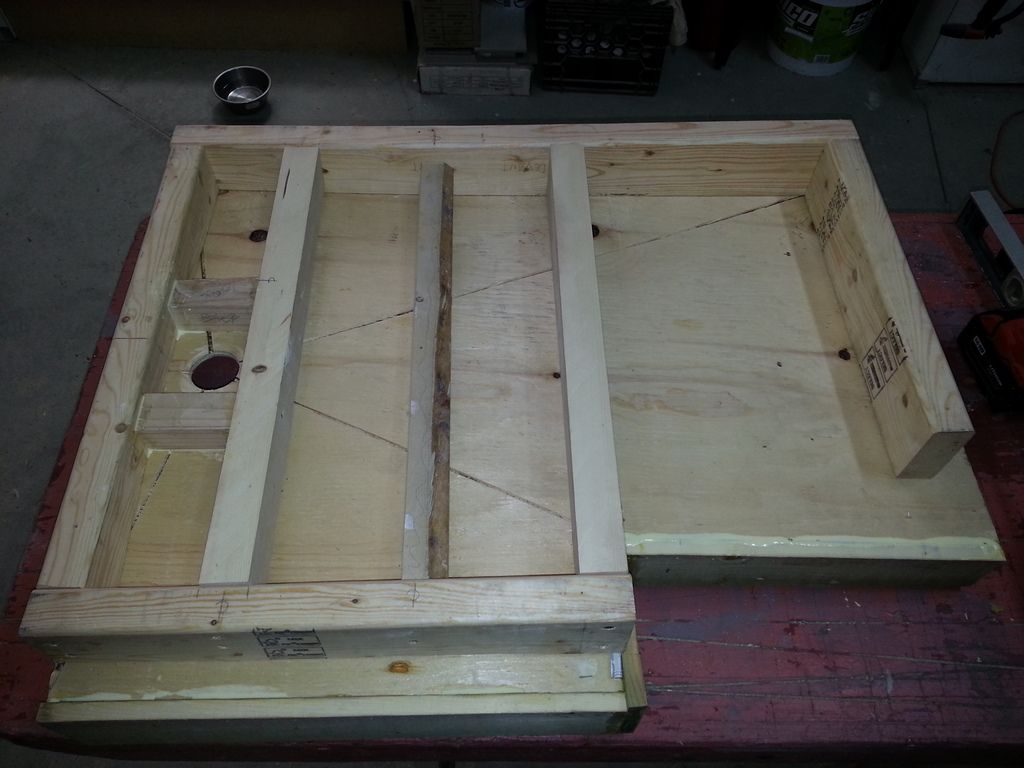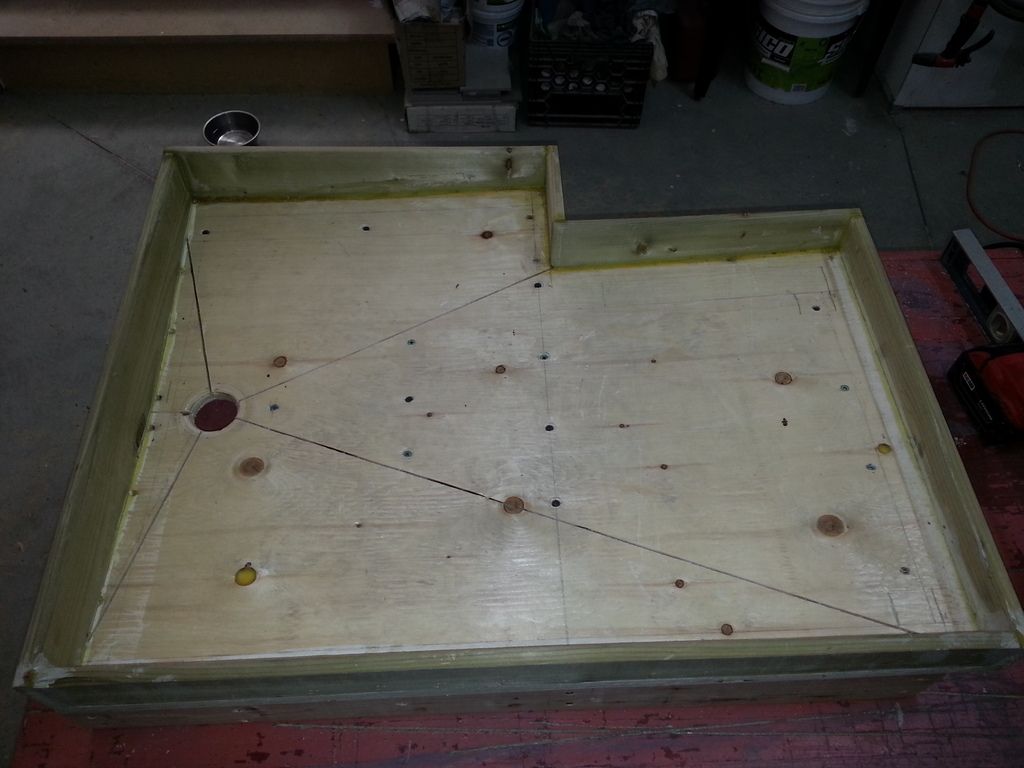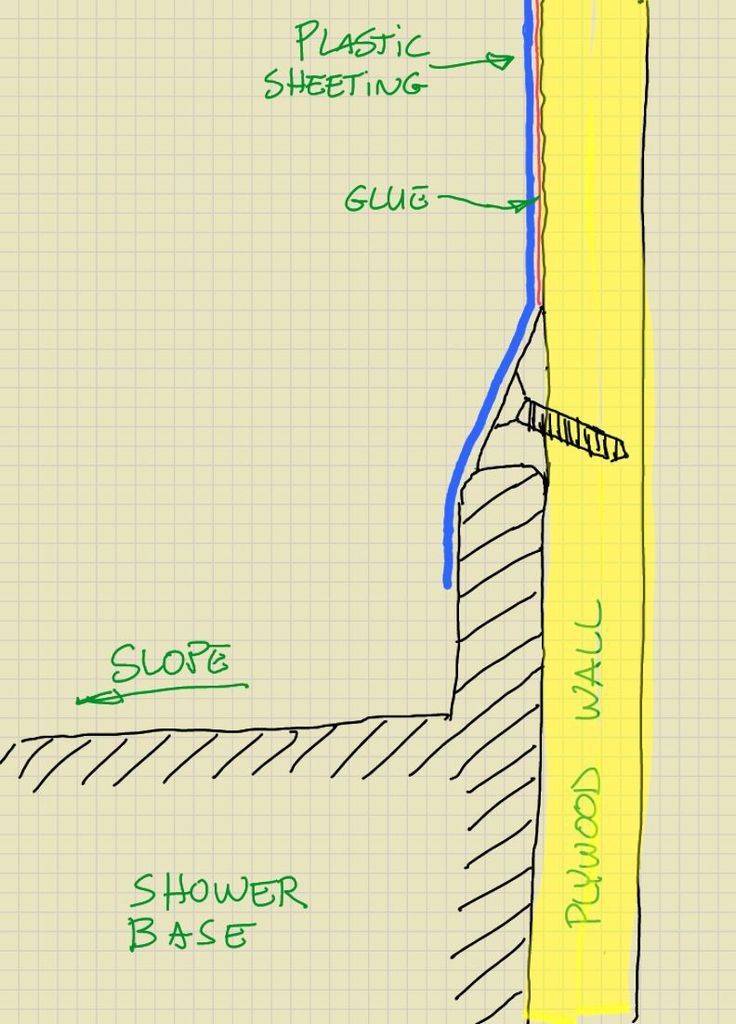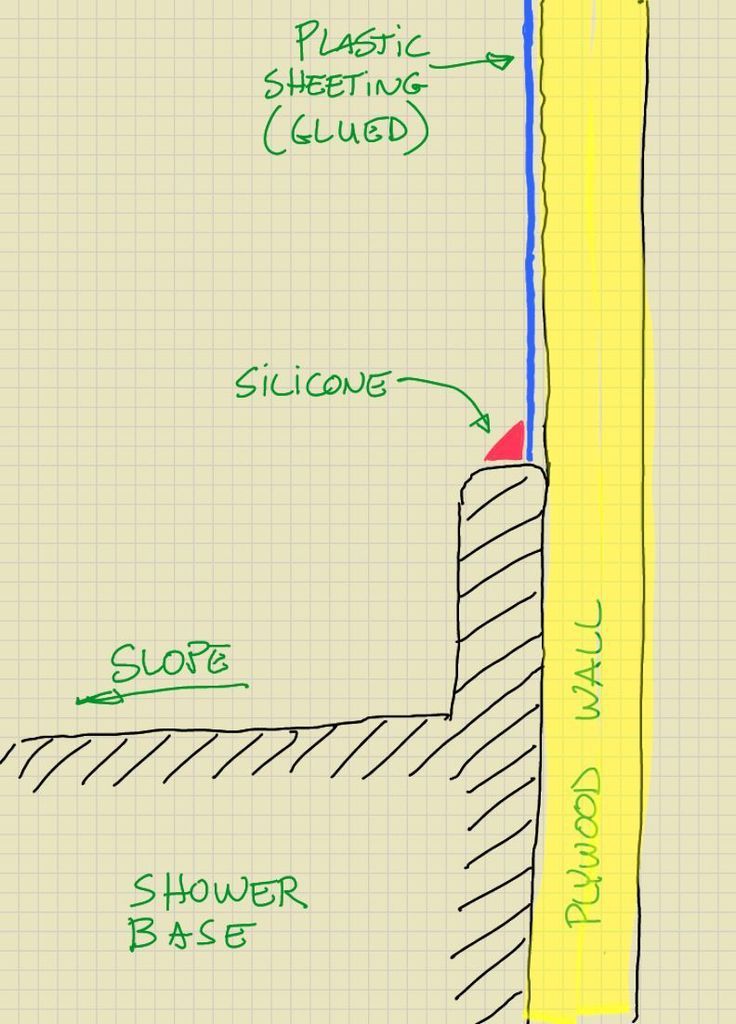evy
Apr 13, 2016Explorer
Building my DIY shower/bathroom, did I forget anything?
Hi everyone,
I'm working on my very first DIY camper conversion, using a 2010 extended Ford E250.
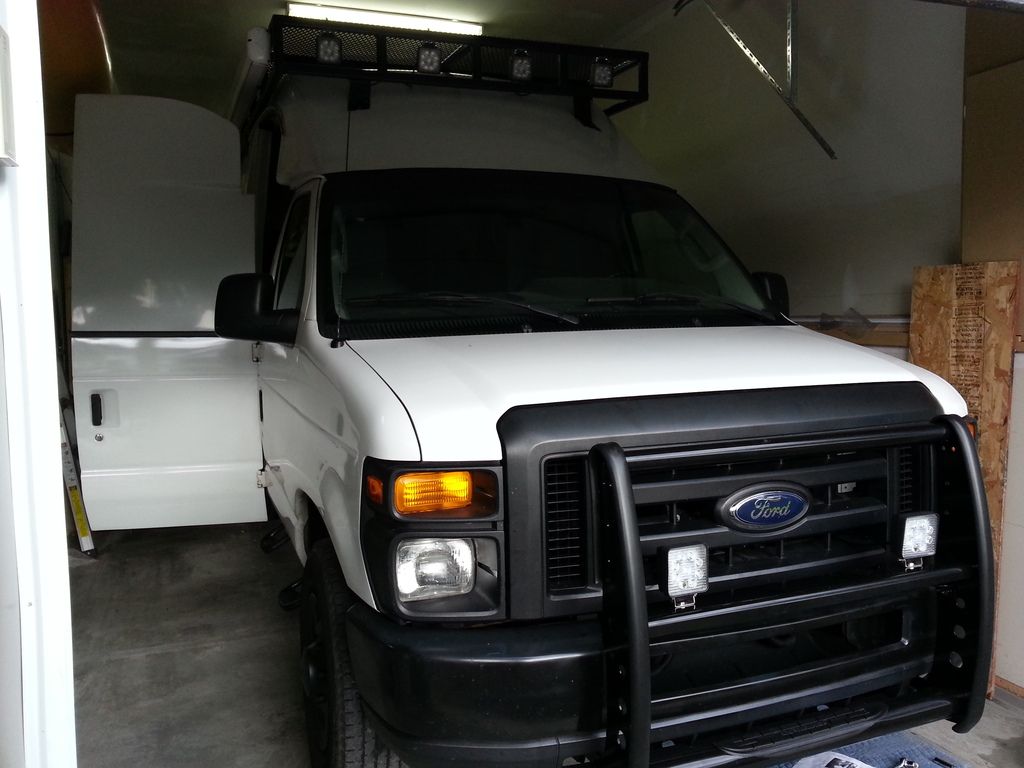
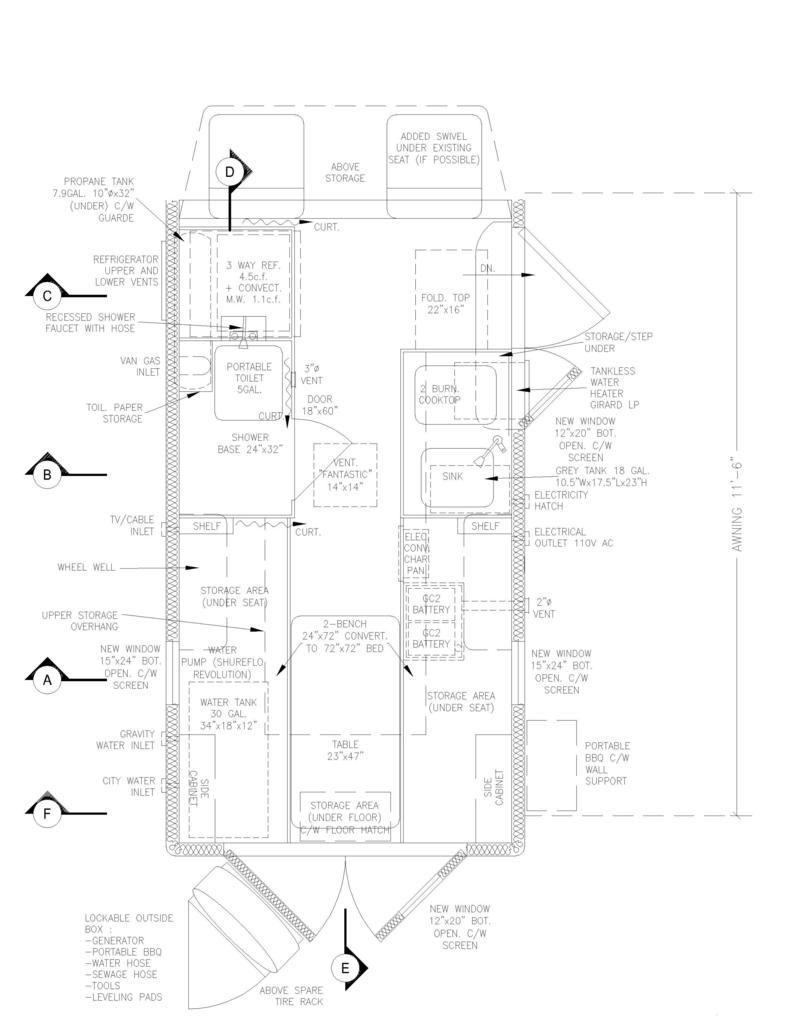
Right now I'm working on my shower/bathroom.
Before you ask I have a 5 gallon porta potti, so no plumbing and no black tank.
My shower base/floor will be covered with fiberglass (another thing I never done before but I think I'll be ok)
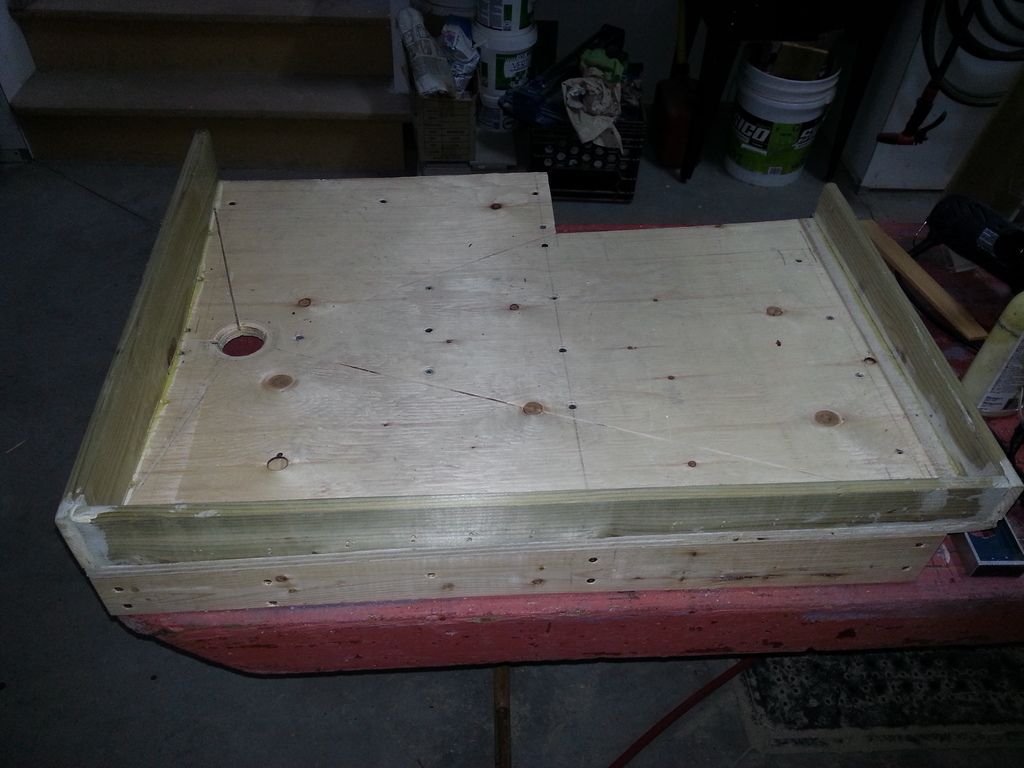
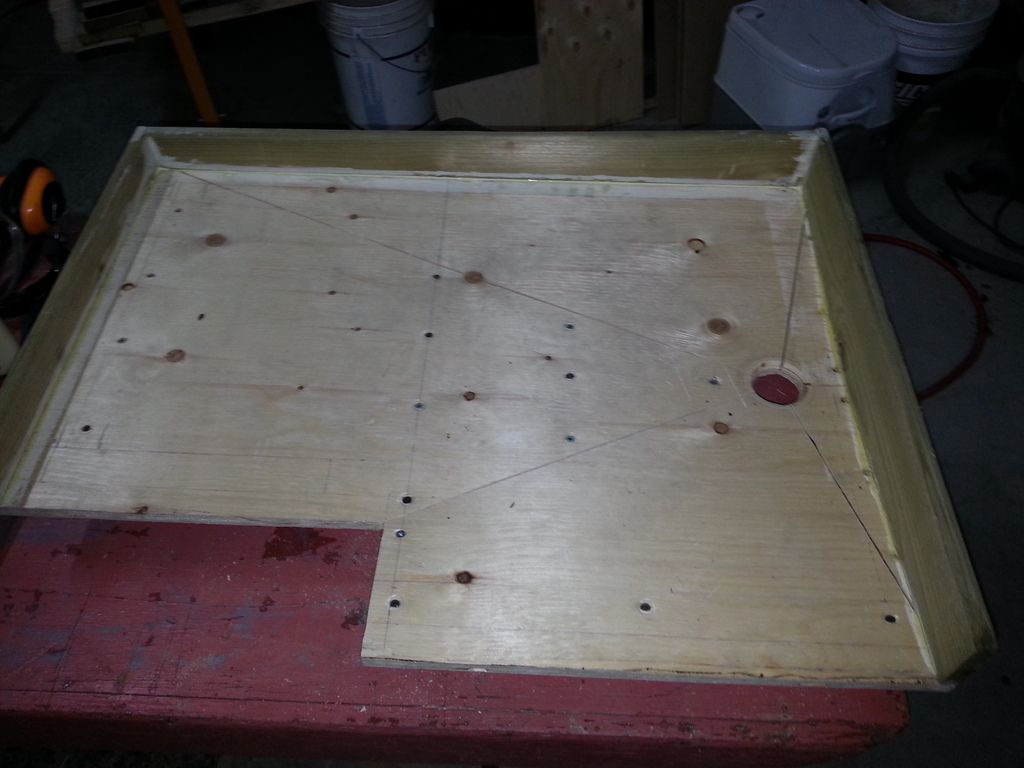
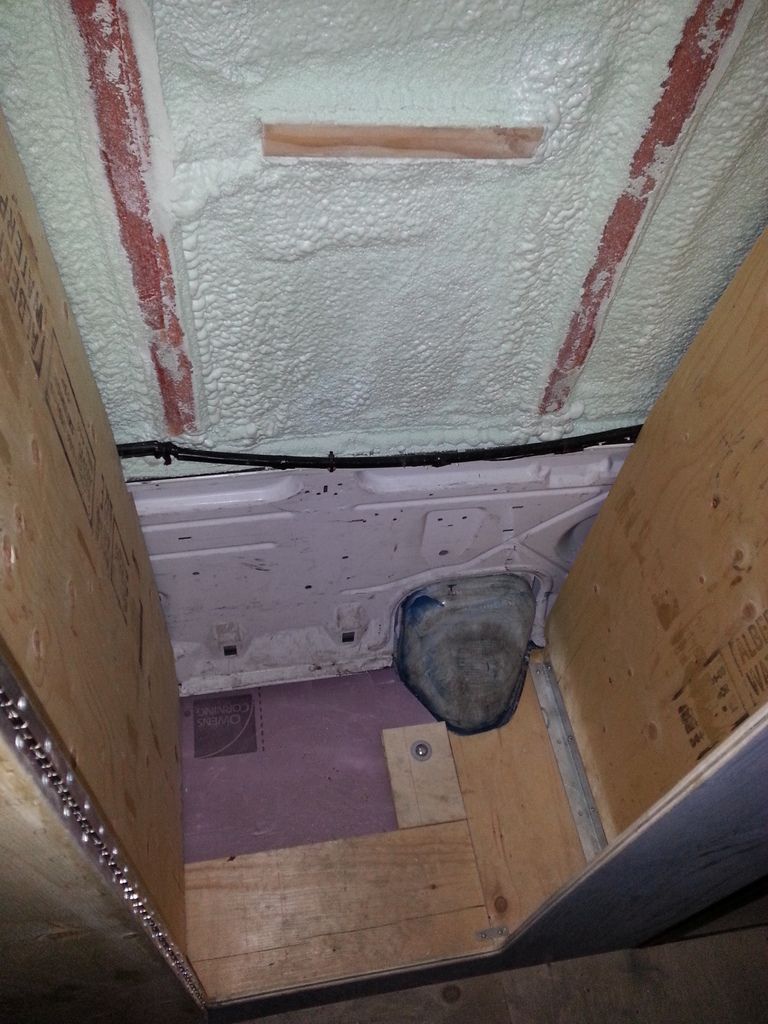
The outside insulated wall will be covered with 3/8" thick plywood and I will glue some plastic sheeting with plastic corners and tons of silicone.
The top wall will curve to meet the ceiling, I will use flexible loan plywood.
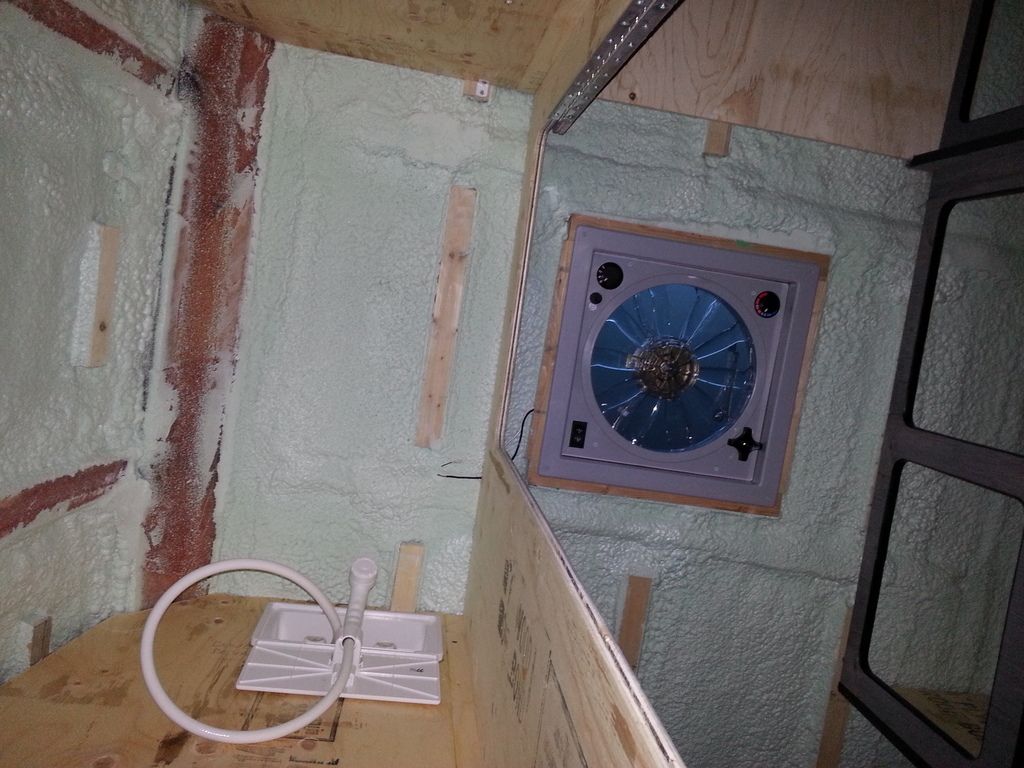
As you can see the Fantastic vent is inches away so I will only install a transfer grill on the shower wall.
I will be adding a small storage cabinet on the van's gas inlet bump (same height as the porta potti) and I will install a marine hatch on the side (I will remove the bag) and use it for toilet paper storage and porta potti chemicals. Initially I planed on putting a small corner sink with faucet on the cabinet but the kitchen sink is literally 2 feet away so...

This is the lighting fixture I bought, 46LEDs 5"diam, I will be adding clear silicone to make it waterproof.

These are the accessories I plan on using.
Toilet paper cover with soap tray

Shampoo dispenser

Extendable pole for hanging wet close/bathing suits/towels etc...

I also plan on installing a shower curtain that you close when taking a shower, to prevent water from getting through the gaps around the door.
That's about it, am I forgetting anything? do you have any comments or useful advice? Thanks!
I'm working on my very first DIY camper conversion, using a 2010 extended Ford E250.


Right now I'm working on my shower/bathroom.
Before you ask I have a 5 gallon porta potti, so no plumbing and no black tank.
My shower base/floor will be covered with fiberglass (another thing I never done before but I think I'll be ok)



The outside insulated wall will be covered with 3/8" thick plywood and I will glue some plastic sheeting with plastic corners and tons of silicone.
The top wall will curve to meet the ceiling, I will use flexible loan plywood.

As you can see the Fantastic vent is inches away so I will only install a transfer grill on the shower wall.
I will be adding a small storage cabinet on the van's gas inlet bump (same height as the porta potti) and I will install a marine hatch on the side (I will remove the bag) and use it for toilet paper storage and porta potti chemicals. Initially I planed on putting a small corner sink with faucet on the cabinet but the kitchen sink is literally 2 feet away so...

This is the lighting fixture I bought, 46LEDs 5"diam, I will be adding clear silicone to make it waterproof.

These are the accessories I plan on using.
Toilet paper cover with soap tray

Shampoo dispenser

Extendable pole for hanging wet close/bathing suits/towels etc...

I also plan on installing a shower curtain that you close when taking a shower, to prevent water from getting through the gaps around the door.
That's about it, am I forgetting anything? do you have any comments or useful advice? Thanks!
